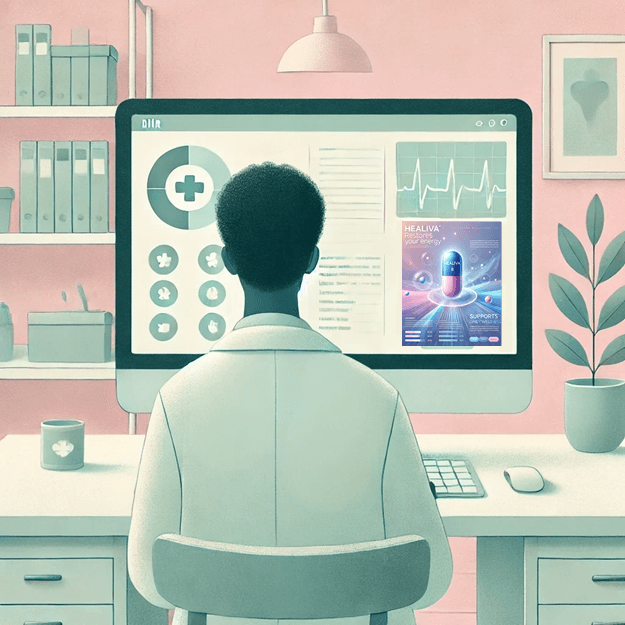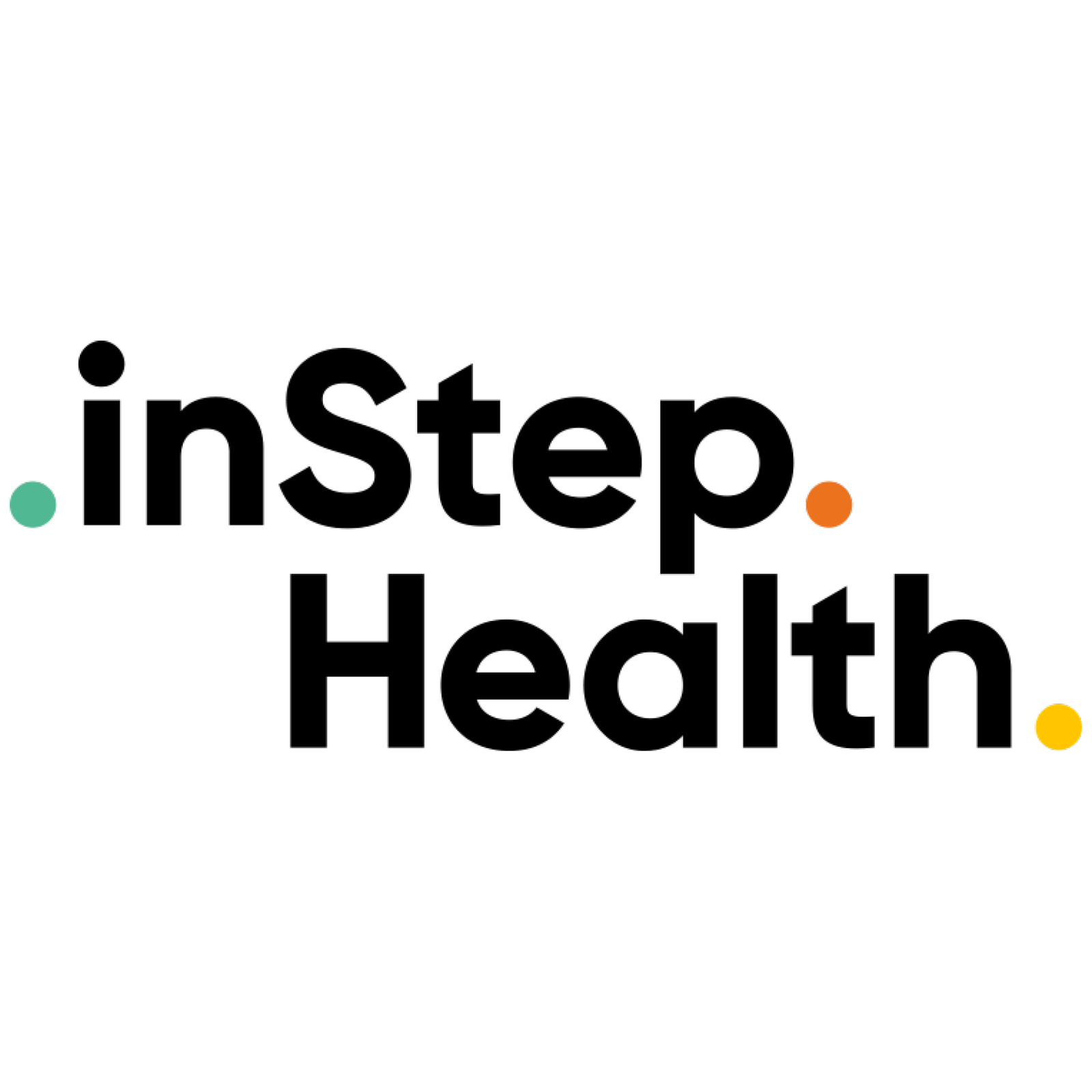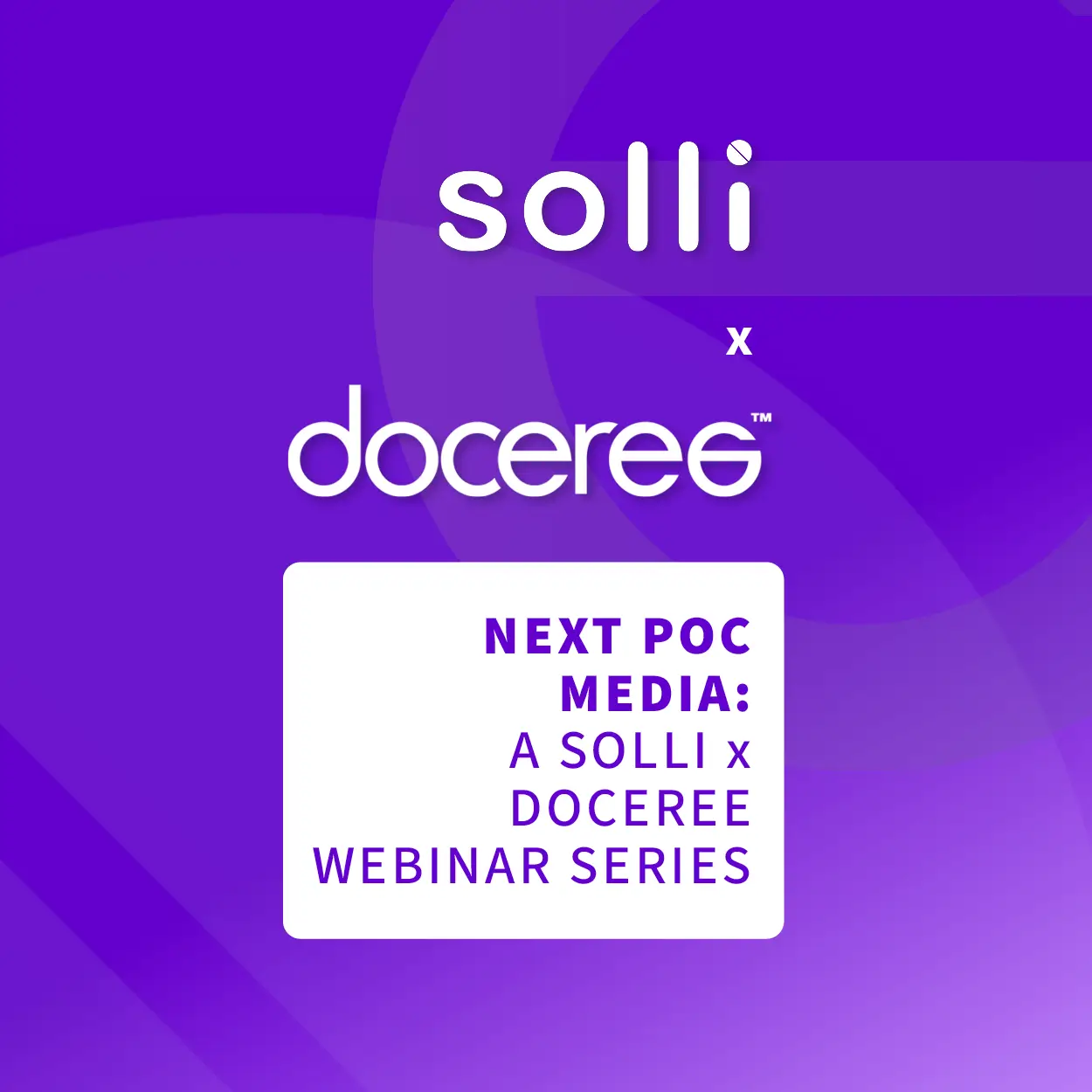Here, There and Everywhere: The Continuing Proliferation of Points of Care
Larry Dobrow dives into the past, present and future of POC media

The point-of-care channel used to be the medical marketing and media equivalent of comfort food.
In the days before video networks made their first appearances in the waiting rooms of doctor’s offices, patients and caregivers could expect to be greeted by a potpourri of pamphlets. These publications often sparked the desired conversations between patients and providers, but offered little in the way of flash. They were substance over style.
The channel itself rarely strayed beyond those walls. “Point of care” meant “doctor’s office,” plain and simple, and efforts to redefine these boundaries never caught on. The setting was education- and marketing-friendly and the content served its purpose. Why mess with a good thing?
Because, it turns out, an even better thing was well within the channel’s grasp. Since the start of the 2010s, the point-of-care channel has transcended the waiting room’s four walls. It’s no longer about a singular point of care; it’s about points of care, plural.
Educational materials shared electronically with a patient in advance of a doctor’s visit, or via mobile phone as that patient waits to be seen? Signage in retail pharmacies? Messaging embedded in EHRs? All have found a home under the widening aegis of point-of-care marketing.
“It’s gone from a channel that was place-based to a channel that covers everywhere that people are interacting with healthcare. That’s still the doctor’s office, but it also includes the home and minute-clinics in retail pharmacies,” explains David Paragamian, CEO of Health Monitor Network.
Point-of-care programs have long benefited from expectations related to the office setting: It was, and is, the sole educational and promotional vehicle that physicians have invited into their midst. The channel’s value has long been predicated on that implicit endorsement and the access that comes with it.
In an era of passive media, Paragamian stresses, “We are an asked-for media.”
Compare the patient readying herself for an appointment with her cardiologist with a patient at home in front of the television. “When you sit down to watch The Today Show or the evening news, it’s not really the time you want to be reminded you have diabetes,” notes Linda Ruschau, chief client officer at PatientPoint.
Egbavwe Pela, group SVP, engagement strategy at CMI Media Group, agrees. “I want to meet the patient and the HCP when they’re having the diagnosis conversation. There’s only one channel where you know you’re getting that.”

Rising stakes
It’s not as if pharma publishers and marketers have recently awakened to the charms of the point-of-care setting. As previously noted, magazines, pamphlets and tri-folds have long populated physician waiting rooms, encouraging the types of patient/provider (or caregiver/provider) conversations needed to drive successful health outcomes. But over the course of the last 15 years, the arrival of numerous tech-savvy players as well as the creation of point-of-care-focused agency units and the long-awaited addition of an advocacy organization (the Point of Care Marketing Association, founded in 2013 as the Point of Care Communication Council) have sparked a channel-wide growth spurt – and raised the stakes.
“The connective tissue between point-of-care and other marketing channels got stronger. Everything in the waiting room became digital and the ad-tech tools improved,” explains Damon Basch, VP, strategic partnerships at Veradigm. “It went from a very staid, bricks-and-mortar situation to something more universal.”
There have been blips along the way. The first came in the form of fraud allegations against one time in-office network kingpin Outcome Health, which prompted several top pharma companies to pause their engagement with the channel – notably Pfizer, which did so publicly. “Everybody went into their shell. No marketer wants to be on the front page of The Wall Street Journal,” Basch says.
It’s to the great credit of point-of-care-adjacent organizations, especially POCMA, that the reputational damage proved short-lived. The group has helped put into place a host of measurement, validation and verification guidelines, which bolstered confidence in a business that temporarily reeled after what Paragamian dryly refers to as “the O incident.”
“As a former media buyer, I know accountability in ad placement is crucial for clients. POCMA’s process delivers the transparency brands deserve,” says POCMA president Nicole Divinagracia.
POCMA now counts 37 companies among its member ranks, with a handful of A-list agencies (CMI Media Group, Publicis Health Media, Havas Media Network), nonprofits (the American Heart Association) and even consultancies (ZS) joining the organization’s mix of traditional point-of-care players and technologists. The overarching goal: To make it easier for marketers to buy point of care media.
“In the past, point of care didn’t do as well as it could because the inputs weren’t standardized,” explains John Kenyon, SVP, managing director at Dotdash Meredith/Targeted Media Health and a former POCMA co-chair. “What marketers want is standardization around measurement and impression levels, so that they can compare point of care to the broader media space.”
This, he believes, allows for more apples-to-apples comparisons. “How does marketing at the point of care compare to an ad during Jeopardy? Who knows? That’s why the industry needs POCMA,” Kenyon continues. “It used to be that when you bought the top five screen companies at point of care, you got five different ad units. Now it’s, ‘Here is the new standard for calculating screen impressions in waiting and exam rooms.’”
“Believers, advocates, spenders…”
The narrative around point-of-care marketing has shifted in turn. A decade ago, it was largely aspirational: Point-of-care was powerful but underutilized by the vast majority of pharma, device and diagnostic firms. Today, companies in the space note almost casually that point-of-care is a foundational element of most marketing plans.
“Do some smaller pharma companies need that old story about all the potential? Maybe,” Paragamian says. “The top 30 or 40 pharma companies are believers, advocates, spenders… They see the channel as core to what they’re trying to achieve.”
“There are still some people left to convert,” Ruschau adds. She understands where they’re coming from, however, and doesn’t advocate beating them over the head with reminders about the channel’s benefits.
“Some people, up to the most senior levels, are enamored with TV. There’s some merit to that thinking, because there have been great executions over the years. Maybe they have to see their message on the screen in Times Square to feel like the real deal,” Ruschau shrugs.
What point-of-care boosters must refrain from doing, she believes, is painting the spend decision as an either/or. You can do a point-of-care program alongside a huge television campaign. You can do one in concert with reps or med-ed or most anything else.
Ironically, this ongoing surge can be traced back to a moment when traditional points of care faced the closest thing to an existential event most had ever seen: The pandemic, the effects of which continue to reverberate five years after the arrival of Covid-19. With patients pulling back on their in-person visits – though, it should be noted in hindsight, not to the extent that was originally believed – point-of-care networks with screen presences in physicians’ offices temporarily diverted their attention to telehealth. They accommodated demand from marketers by offering to display educational and promotional content in telehealth waiting rooms, among other places in the virtual-health continuum.
A few months later, patients returned to offices en masse, whether to receive the vaccinations they missed during the pandemic’s scary early months or to address health issues that had been put on the backburner. Telehealth use didn’t return to pre-crisis levels of usage, but it hasn’t yet matched those pandemic peaks.
That’s because, as has become exceedingly evident since mid-2020, people prefer in-person medical care to care delivered through a screen. “Telehealth is fine for, ‘Can you diagnose this rash?,’ but too much gets missed,” says Basch. “Let’s say you’re doing it for a weight-loss drug – the doctor asks you three questions without any knowledge of your complete medical history. People aren’t comfortable with a situation where somebody’s making clinical decisions in a vacuum.”
Companies plying their trade in and around the point-of-care channel took notice. “Pre-Covid, point of care was almost an afterthought,” Pela says flatly. “Then it exploded. What we used to hear from [point-of-care] publishers was, ‘We have this service, how about you advertise?’ Since the pandemic, there’s been a focus on ensuring that their tools and products and services offer true value to HCPs and patients. It’s a different world.”
“Even when patients went back to offices, for a long time the waiting room was the car in the parking lot,” Paragamian recalls. “But the positive part of it was that it forced every company in the space to reassess their offerings.” To that point, Paragamian notes that, when he joined HM in 2020, the company had two products. Today, it has 14.

The way forward
It’s through this lens that the immediate and longer-term futures of the point-of-care channel should be viewed. The numbers paint a rosy picture: A POCMA survey of its members revealed that point-of-care spending surged 171% between 2019 and 2023, to $803 million. The actual figure is probably quite a bit higher, given that only 17 of the group’s 24 eligible members shared their spend data.
Meanwhile, ROIs remain favorable. “I have a client who used to call me their ATM: Whenever they put a dollar in, they knew they were going to get $4 back,” Ruschau jokes.
Short-term, Divinagracia points to measurement as an opportunity for improvement and innovation, while Paragamian is bullish on deploying AI as an enabler – not to replace people or processes, but to help existing teams do their jobs smarter and faster.
Organizations that facilitate point-of-care programs are similarly bullish about technologies that extend the experience beyond a traditional patient/physician encounter. “We can reach specific patients now based on ICD-9 [diagnosis and procedure] codes,” Ruschau explains. “Let’s say you have a patient who’s on a psoriasis cream going to see the dermatologist, and you want them to consider switching to an injectable – we can help start that conversation.”
Which isn’t to say that point-of-care mainstays are about to be shoehorned out in favor of shiny digital trinkets. Targeted Media Health’s condition-specific point-of-care magazines, which include People Health, Time Health and Parents Health Guide, remain popular to the extent that the publisher often receives subscription requests (it denies those requests; all TMH titles are exclusive to the point of care).
“Print is extremely undervalued,” Pela says succinctly.
Kenyon, who proudly self-identifies as “a point-of-care guy,” believes that his company’s titles are uniquely suited for the space – and that space alone.
“I’m not trying to sell a million copies of People En Espanol Salud. The goal for us is to get it in front of people about to talk to a doctor about, say, a heart issue a parent may be having,” he says. “That’s all it is. You get too many people overthinking it. It’s an accelerator for a conversation that’s about to happen, not something to read before you go to bed at night.”
Finally, there’s the concern that marketers focusing so zealously on engaging with consumers at the point of care will fail to convert slam-dunk opportunities to reach providers, especially within EHRs. Pela, for one, believes that the EHR remains a vastly underutilized asset.
“I love data, and where is there more data than in the EHR?,” he explains. While he understands the reluctance to invest in marketing within EHRs – the amount of fragmentation in the space remains daunting – Pela doesn’t feel that this should limit their use. “I have no idea why everybody isn’t using EHRs in some fashion as part of their marketing mix.”
So while these and other challenges may prove a thorn in the industry’s side, the bigger-picture outlook for the point-of-care channel remains as positive as any in healthcare media and marketing. And its boosters aren’t about to take the recent successes for granted.
“I don’t think we’re done evangelizing or advocating,” Paragamian says. “This goes way deeper than top-25 pharma. Why not more medical device companies or smaller biopharma? We all have a lot to do to ensure the category gets its due.”
Kenyon is eyeing an even bigger triumph. “I’m not going to give up until pharma companies are fighting for inventory because the big, giant marketers bought out all the cardiologist offices,” he says. “We’re close now. We will have won the war when those big marketers say, ‘This is really cool. There is huge opportunity here.’”
























